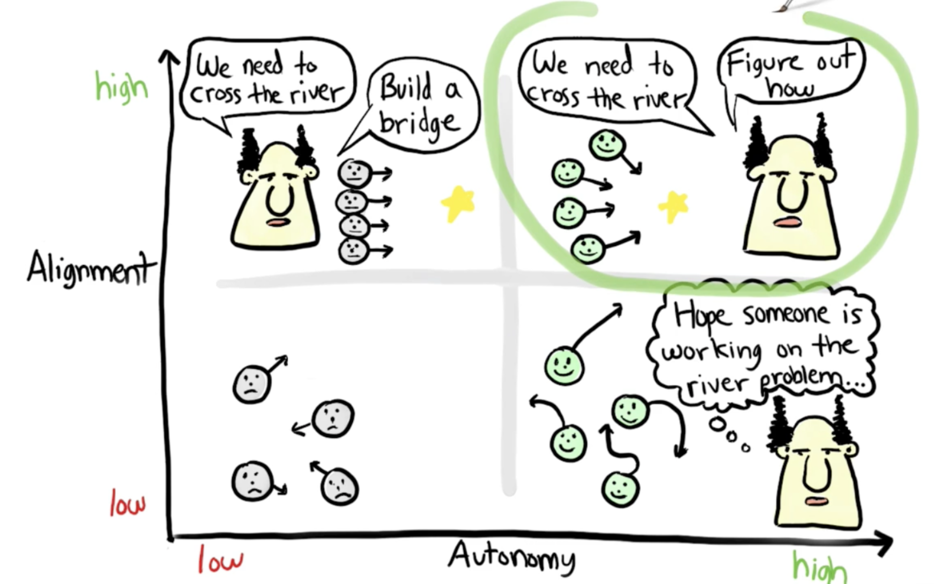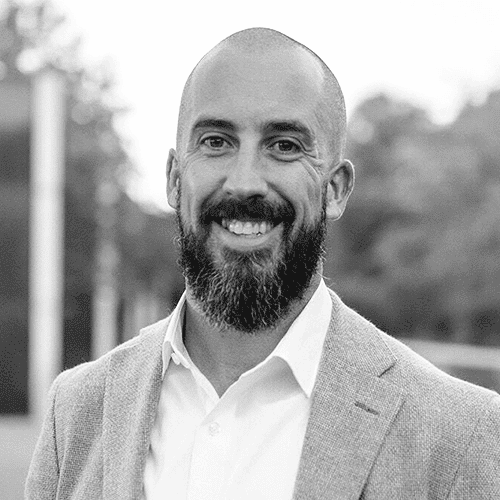BLOG
Very Innovative: Launching a Framework for Career Development
Very is a unique company. We like to think of ourselves as high-powered digital creatives that can bring any product vision to life. We’ve been at this software consulting thing for a little over five years now and have been through quite a few intense and amazing projects.
Over the last year and a half, I’ve been tasked with leading our delivery effort (delivery encompasses all aspects of engineering, design and product management). Interestingly enough, I’d say that its only been in the last six months that I’ve gained full appreciation for what it takes to lead a team of this size and caliber. At first, things seem to run themselves, we focus on putting out fires, helping sales, etc… And then, over time, you start to see patterns emerging that reveal systemic organizational issues.
A recurring pattern I saw was a lack of focus on career development for our team. It’s an issue that’s been difficult for us over the years, and we have simply not taken the time to address it in a thoughtful way. The topic of this post is an investigation of our compensation overhaul, where we’ve focused on incentivizing collaboration, teamwork, training, and education. We could dive right into the process, but I think some backstory on our culture will provide some color.
Very In a Nutshell
The culture of Very is unlike anywhere that I’ve worked. We have a highly passionate team that takes both their work and quality of life seriously. We practice a “remote first” work style and focus on highly collaborative work across all aspects of our business and client relationships.
We’ve been able to attract and retain a group of highly effective engineers and designers whose personal values closely align with what we’ve built. There isn’t another team in the world I’d rather work with. However, this team composition (heavily weighted towards autonomous creatives) does not come without its own challenges. Luckily, what we are experiencing is not unique to Very. An exaggeration of our current situation is decently illustrated by this diagram created by Spotify, whom I’ve pulled much inspiration from in the development of this framework.

I would say that a year ago, we were somewhere on the right side of the graph, where we have high autonomy, but only moderate alignment. In the context of an individual client engagement, our alignment is extremely high. We have well documented requirements and we follow a tight agile process. Teams work in small directed units to deliver value for a customer, and the results are extremely positive. The rub comes in when we need to communicate learnings across our teams and push our practices forward outside of these individual engagements.
How do we best achieve alignment outside of individual client projects?
How do we cultivate the leadership and direction to ensure for long term talent retention?
How do we incentivize individuals to work together across silo’d engagements?
I feel that a lot of companies really miss the boat on providing feedback and career development paths, so this is our attempt at filling this void. It’s by no means perfect, but we feel that its a good start.
Teach, Learn, Do
Recently we rolled out a new compensation and feedback framework built to address these exact issues, it’s called “Teach, Learn and Do.” The premise is that all of our employees will be evaluated and promoted through the following lens:
- Teach: Do they empower others on our team and in the industry more broadly by contributing to open source projects, sharing their learnings/research, or speaking at events?
- Learn: Are they continuously learning, furthering their craft, and pushing themselves to discover areas they weren’t previously comfortable in?
- Do: Is the execution of their craft best-in-class, utilizing lean and agile methodologies to incrementally deliver the best product possible?
An individual’s primary compensation is based on the third criteria – the work that they do day in and day out. Folks at Very typically fill one of three roles: Engineer, Product Designer or Product Manager. We categorize levels of experience according to a model previously published by Basecamp. We adapted these scales to the work that is most relevant to Very. Every role / level has a corresponding salary, and each level’s pay is transparent within the company.
Outside of an individual’s base compensation, they are eligible to receive a bonus according to the impact that they’ve had in the areas of “teaching” and “learning.” To quantify these criteria, we give each individual an opportunity to reflect on their efforts over the last 6-12 months in addition to facilitating a streamlined 360 review.
The last piece of this is promotion. How does an individual rise through the ranks of their specialization of choice?
Anyone can request a promotion, and that person will be reviewed according to the criteria we outlined in the role definitions mentioned earlier. A committee of their peers, typically the same ones that participated in the 360 review, will determine if the individual is qualified for the next level or not. If yes, they will be awarded the promotion at that time. If not, the criteria for promotion will be outlined in the terms of what the individual can do better within the context of “teaching” and “learning.” This system was designed to be self complimentary, in that folks will be rewarded along the way in terms of bonuses while preparing them for advancement internally.
Going Forward
One interesting aspect about Very is that we reserve our Fridays for pursuing internal objectives and projects, very similar to Google’s famous 20% time. Historically, we have had limited return on internal projects (products), as the cognitive overhead of doing deeper engineering work one day per week is fairly expensive and makes iteration difficult. We are looking to reframe Fridays entirely in support of the teaching and learning efforts that were outlined above. This should give our team the time and space to further our disciplines and to work closer with each other outside of our standard billable projects.
My hope is that by reframing our internal objectives and incentives to focus around teaching and learning, our leadership gaps will be addressed organically by people stepping up and furthering our individual domains of practice. We have loose guardrails in place, ie: deciding which practices we pursue, but the rest is largely left to the team.
Time will tell how this effort shapes up, stay tuned!











